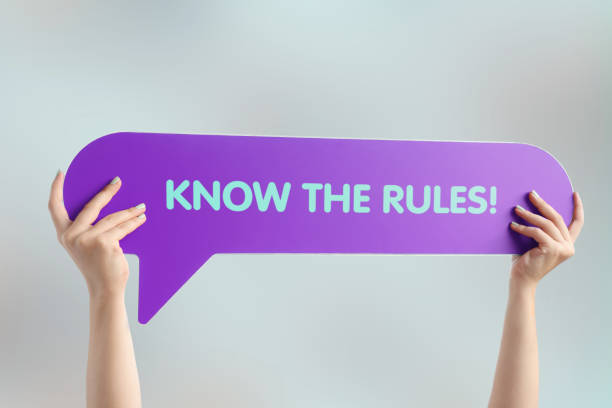HELOC Rule Changes Have Not Made it Easier to Tap into Your Home Equity
Over the last year, it’s become harder for Canadians to tap into their home equity. New mortgage rules, combined with higher interest rates, have made borrowing against home equity tougher. Many Canadians are finding it difficult to qualify for home equity lines of credit. New HELOC rules make it difficult to borrow no matter how much equity you have in your real estate.

But what are these rules, and what can you do if they’re hampering your ability to access equity in your home?
New HELOC Rules Out of Ottawa
Recently, traditional banks have been facing tighter regulations on mortgages. Because home equity lines of credit (HELOCs) are types of mortgages, they are also subject to the new rules.
The new home equity line of credit rules state that mortgage applicants should be able to repay a HELOC within 25 years. To qualify under the new HELOC rules, banks use their posted 5-year rate. This interest rate is significantly higher than rates offered on HELOCs. The repayment amount is based on the HELOC credit limit — not the actual amount that is owed.

In addition to these payments, banks must factor in debt service ratios. They look at credit cards and consumers’ abilities to manage other debts. In a fluctuating rate environment with rate hikes just around the corner, it is difficult to get a home equity line of credit.
With the benchmark Bank of Canada interest rate always on the rise, it means that payments are higher. This means that debt is more expensive. So, it’s harder to qualify to pay off a HELOC within 25 years.
Big Bank Lenders Add Their Own Rules
On top of the rules coming from federal regulators, some lenders are adding their own additional lending criteria. For example, some banks are now looking at the credit limit on HELOC holders when making decisions about new mortgages and not what is owed. In the past, a bank would have looked at the balance owed on a HELOC, which could potentially be much less than the credit limit. Now, though, the rules act as though a borrower is maxing out the HELOC — even if they aren’t.
Between the federal rules, the changes to banks’ systems, and rising rates, it can be difficult for consumers to get new home equity lines of credit. In fact, getting a mortgage renewal might be difficult for homeowners with the new HELOC rules.

How to Get Around the New HELOC Rules
With the new rules, some borrowers might be required to accept a lower credit limit on their HELOCs — or even close the lines of credit altogether. After all, if their HELOCs are being treated as if it is money borrowed (even if it isn’t), it could hurt their ability to get a new mortgage.
This is where an alternative lender might be able to help. Federal rules require stress tests on consumers looking to get mortgages from the big banks. The same isn’t true of all alternative lenders. Alternative lenders can use their own underwriting rules. They are based on different standards that focus less on credit or your HELOC limit. The focus then becomes: how much equity you have in your home.
TurnedAway.ca offers access to a variety of alternative lending partners. Alternative lenders aren’t required to follow the same restrictions coming out of Ottawa. Additionally, they usually aren’t as stringent in their requirements as major banks. Rather than looking at credit and income, alternative lenders focus on what matters most with a home equity line of credit — the actual value of the equity involved.
Getting a HELOC with Bad Credit
Not only would a big bank put you through a stress test when applying for a new mortgage with a HELOC, or in getting a HELOC to begin with, but you’d also be subject to a credit check. With bad credit, a big bank lender might reject you for a HELOC (or even a mortgage renewal) if you have bad credit. Even if you’ve built up a lot of equity in your home, it might not count for much if you don’t have good credit.
If you’ve made mistakes or if circumstances have resulted in poor credit, it’s possible to get a HELOC when you use a private lender. Rather than rely on credit scores and stress tests, private lenders take a look at the equity available and make a decision based on that.
You do need to be careful, though. Loans secured by your home equity can deplete your equity if used recklessly. Before you get a HELOC, carefully think about what it might be used for. When used correctly a home equity line of credit can be instrumental to good financial health. When used improperly, they can be a nail in your coffin.
Many people use their home equity to pay off Revenue Canada debt or pay property tax arrears. With a HELOC, you can stave off some of the financial issues plaguing you. A HELOC can help repair your credit and reduce wasted interest payments exponentially.
Should I apply for a home equity line of credit?
Before you make a decision, sit down and run the numbers. Decide if a HELOC makes sense for you. Then, compare your options. If a big bank won’t work with you because of the new HELOC rules, there are still options. TurnedAway.ca helps borrowers explore their options with a HELOC, even with bad credit. While you may end up paying a moderately higher interest rate, the benefits almost always outweigh the negatives. Imagine eliminating all your debt into one flexible low monthly payment!
In a world where it seems impossible to qualify for a home equity line of credit, there are options. You just have to know who to approach. Turnedaway.ca specializes in hard-to-place financing and we routinely deal with clients who have heard “NO” from the bank. So if you are interested in a secured line of credit you can apply online. Or perhaps you just want to know what your options are, give us a call at 1-855-668-3074.





